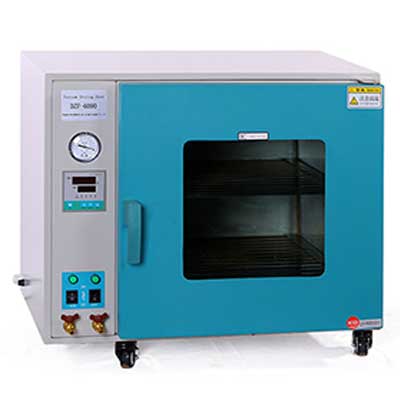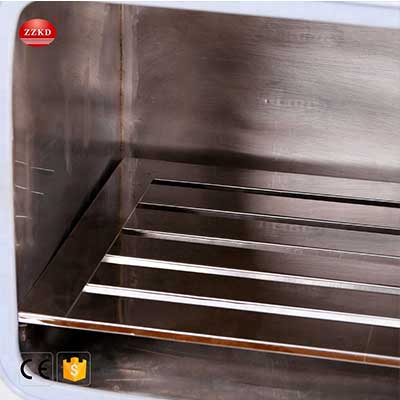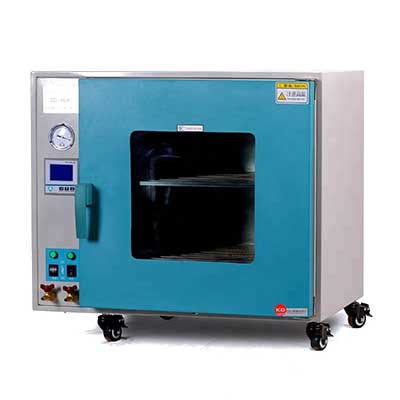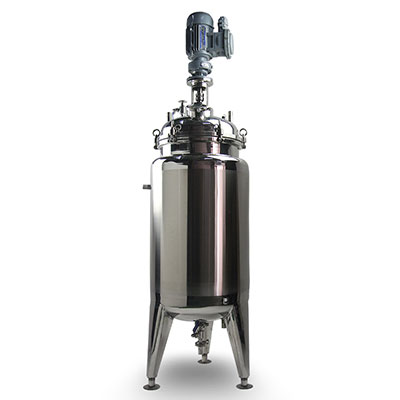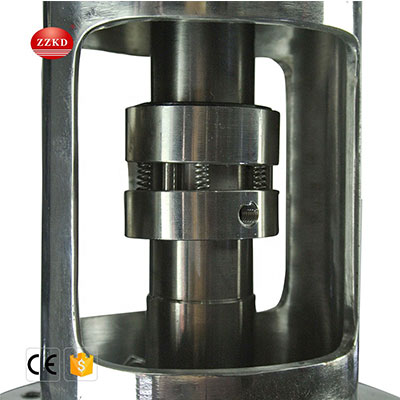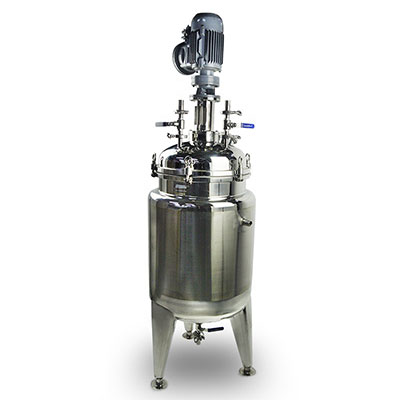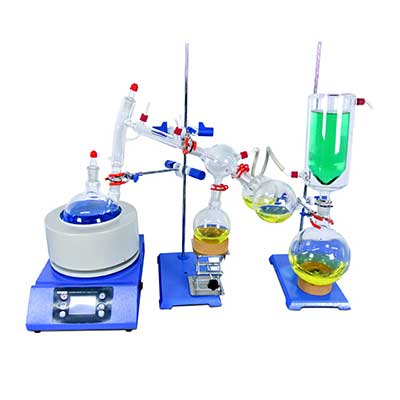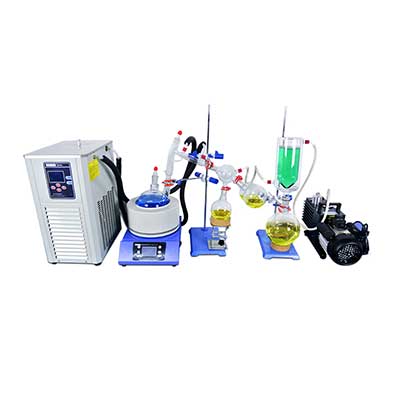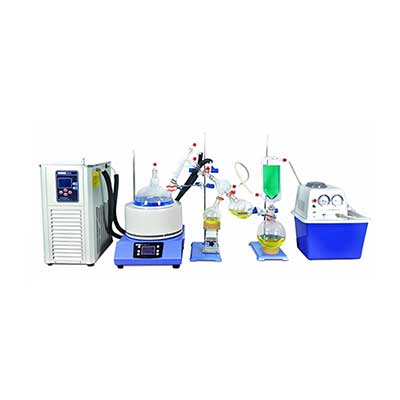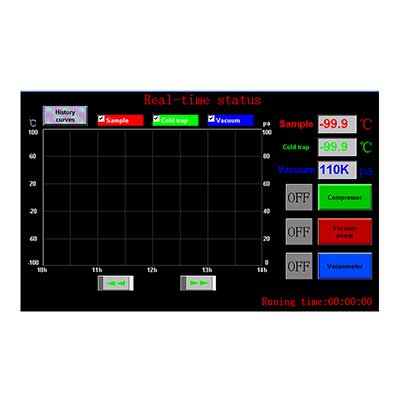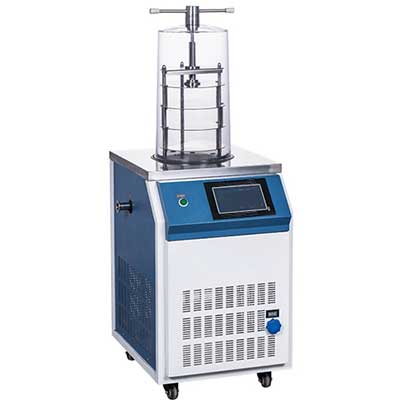-
WhatsApp
-
Email
Laboratory glass reactor:
The chemical glass reactor mainly utilizes the characteristics of its double-layer glass. The reactants are placed in the interlayer by stirring the reaction under normal or negative pressure. The glass reactor is sandwiched in a double walled glass reactor, and by injecting a hot solution or constant temperature cooling liquid, the materials in the reactor are heated or cooled at a constant temperature, and stirring is provided. In this way, the medium in the middle layer of the glass reactor can be heated or cooled by stirring and circulating the reaction. It is a commonly used biochemical instrument in modern fine chemicals, biopharmaceuticals, scientific research and experiments, and other industries. It can perform constant speed, constant force, and constant temperature under the conditions of concentration, distillation, reflux, separation, and purification reactions. The ideal instrument for experimentation, pilot testing, and production. Double-layer glass reactor can be provided for high-temperature reactions (the highest temperature can reach 300℃); a double-layer glass reactor can also be used for low-temperature reactions (minimum temperature can reach -80℃); a double walled glass reactor can be evacuated for vacuum reduction. pressure response. Its unique design enables more precise test temperature control and ensures experiments are performed in a safer environment.
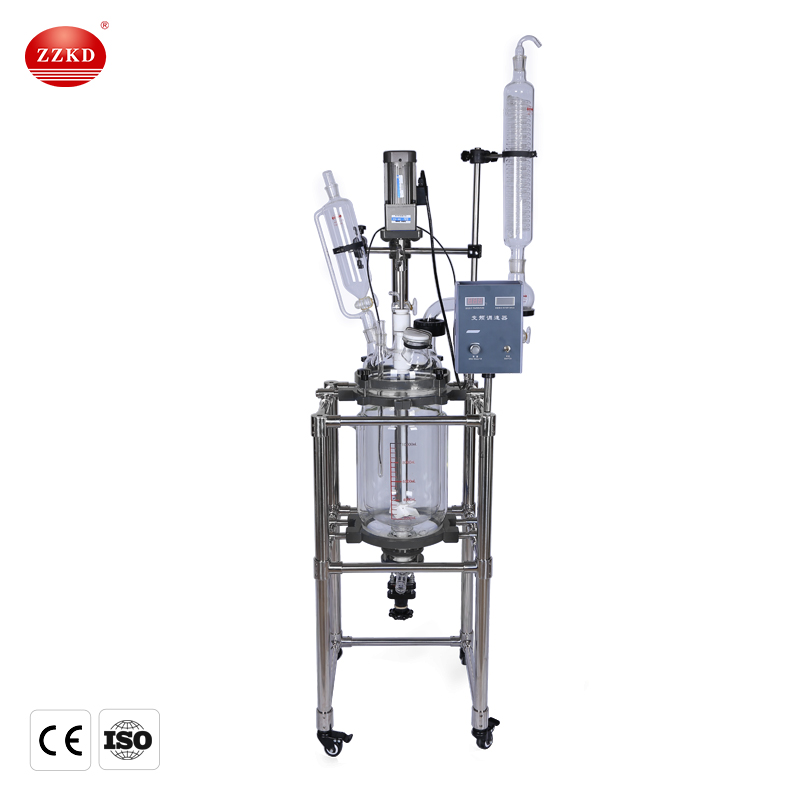
Laboratory glass reactor operation method:
First of all, the high-temperature and high-pressure chemical glass reactor is a high-pressure reaction vessel. The operators must undergo safety training before taking up their jobs. They must not leave the high-temperature and high-pressure reactor during the operation. In case of abnormal conditions, the cooling water should be discharged to ensure the safety of the equipment. When there is pressure in the tank, it is strictly forbidden to open the kettle's lid to avoid excessive internal pressure and causing external impact. The utility model prohibits the use of flammable isolation materials in the high-temperature and high-pressure reaction kettle, and uses less or disables flammable isolation materials such as dibutyl ester to check whether the oil cylinder is filled with oil, whether the sealing groove is smooth, and rust-free, and the graphite powder is coated on the surface of the sealing ring and the kettle door. The sealing surface is lubricated with graphite powder.
According to the requirements of the manual, use the high-temperature reaction kettle within the specified temperature and pressure range, the pressure does not exceed 1/2, and the pressure gauge is often compared with the standard pressure gauge for correction. The use of safety valves and other safety devices must meet the specified requirements through regular inspections. When using a high-temperature and double walled glass reactor, it should be noted that the thermometer is inserted into the reaction solution more accurately.
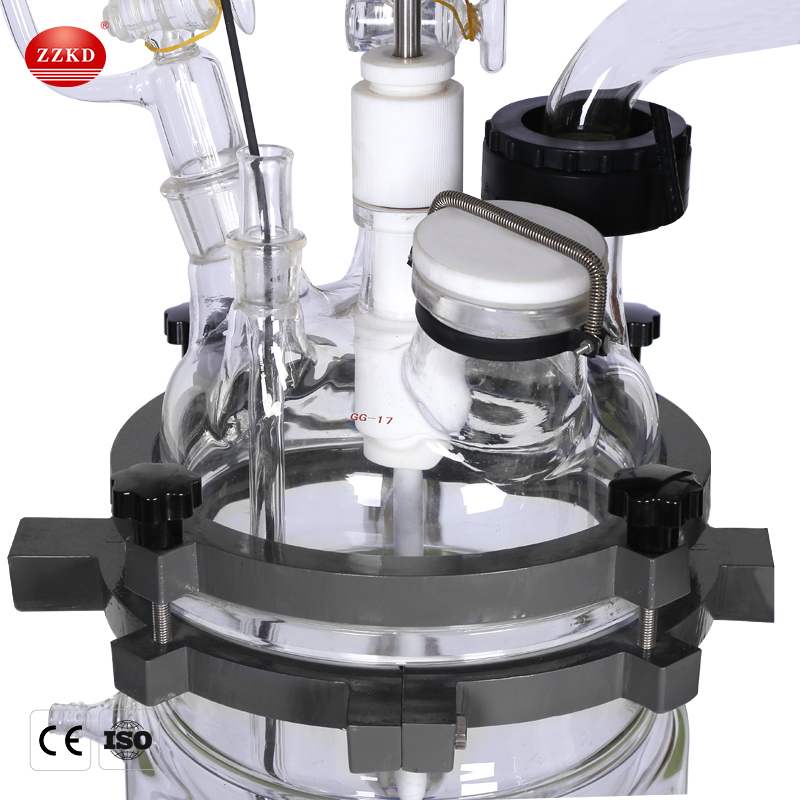
Precautions:
1. When doing the reaction of different media in the laboratory glass reactor 50l, it is necessary to first check whether the main material medium is corroded. Special orders are required for chemical reactions that generate a large amount of gas or high temperature, flammable and explosive, and reactions that cause severe corrosion to stainless steel, such as ultra-high pressure, ultra-high temperature or chloride ions and fluoride ions in the medium.
2. When loading the reaction medium, it should not exceed 2/3 of the liquid level of the laboratory reactor body.
3. Do not disassemble with pressure during work or at the end of the work. It is strictly forbidden to work under the working conditions of overpressure and overtemperature.
4. When cleaning the laboratory glass reactor 50l, special care should be taken not to inject water or other liquids into the heating furnace to prevent the heating furnace wire from burning. If the jacket heat transfer oil is heated, be careful not to mix the heat transfer oil with water or other liquids and regularly check the oil level of the heat transfer oil.
5. If there is an abnormal sound in the isolation sleeve during operation, stop the machine to release the pressure, and check whether there is any abnormality in the stirring system. Periodically check the amount of oscillation of the stirring shaft. If the swing is too large, replace the bearing or sliding sleeve in time.
6. Control the corresponding voltage according to the voltage used, single-phase 220v, three-phase 380v, the controlled fire-fighting line, and the neutral line are not reversed, and cannot work in the distribution line to prevent electric shock. To ensure the normal operation of the controller and the personal safety of employees, please ground it. The controller itself is not explosion-proof, so flammable and explosive environments such as oil and gas should be avoided.
7. After the final reaction temperature is determined, it is not allowed to change the temperature setting value during the heating process to avoid excessive temperature overshoot.
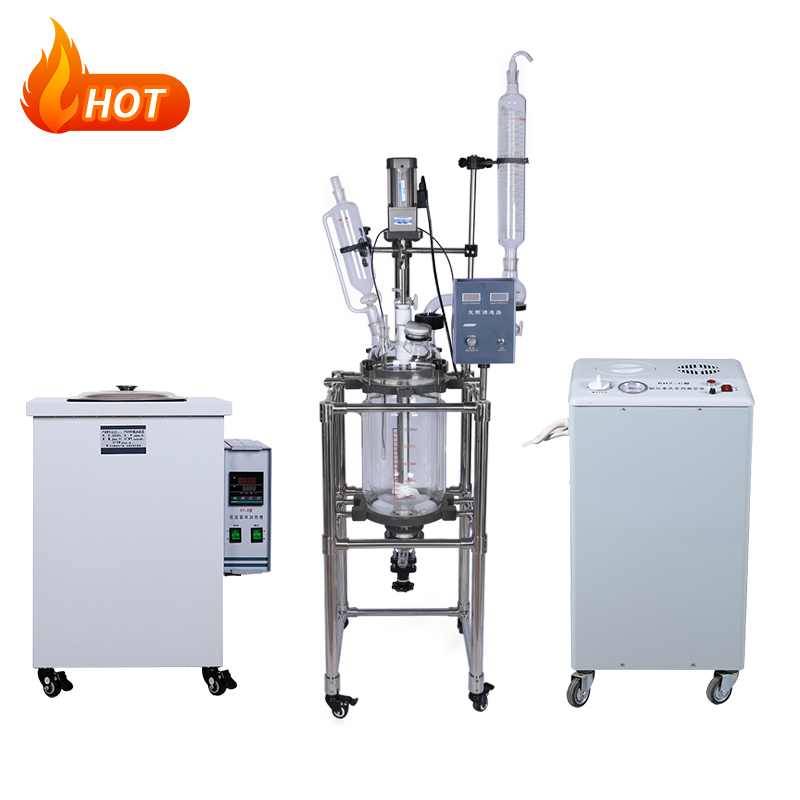
8. Under the premise that the controller is powered on, even if the switches such as heating and stirring are not turned on, the output terminal of the rear panel of the controller is still live, and it is not allowed to pull or touch any plugs during operation.
9. The glass reactor 50l working time is displayed as the internal microcontroller 8031, and the internal frequency division counts. Every time the machine is turned on and off, the accumulated data will disappear. It should be noted that the working time is displayed in sub-units, and the longest working time is 9999 minutes (166.5 hours).
10. The correct detection position of the speed display is crucial to the stable display of the speed. This position has been adjusted at the factory, do not adjust it arbitrarily.
11. Require any button to be in its initial state every time it is turned on. This requires the operator to develop good working habits, and turn the knob back to the minimum position after each turn, so as to prevent the controller from being greatly damaged by excessive current when it is turned on next time.
12. Regularly test various instruments and explosive devices to ensure that their work is accurate and reliable, and the working environment of the equipment should meet the requirements of safety technical specifications.
13. After the chemical glass reactor is installed, the blasting outlet will be connected to the outside through pipes.


